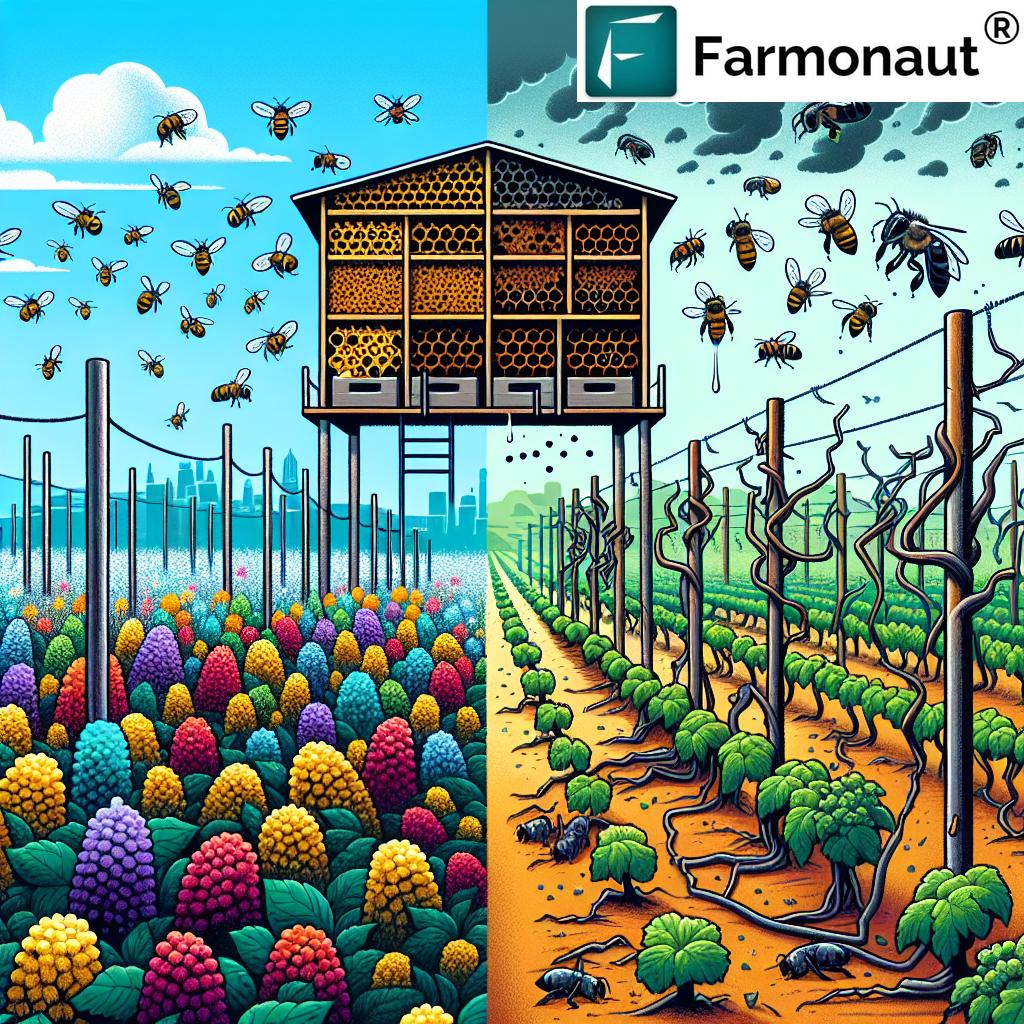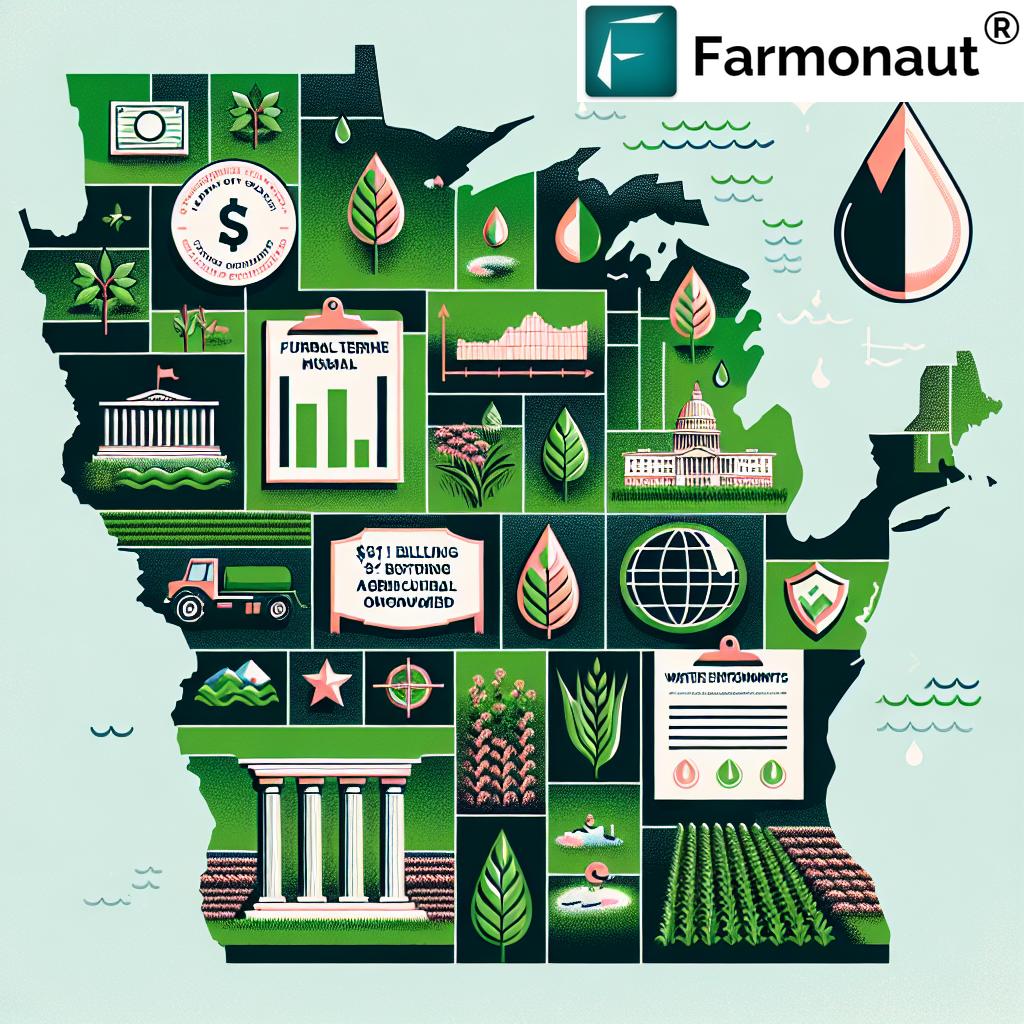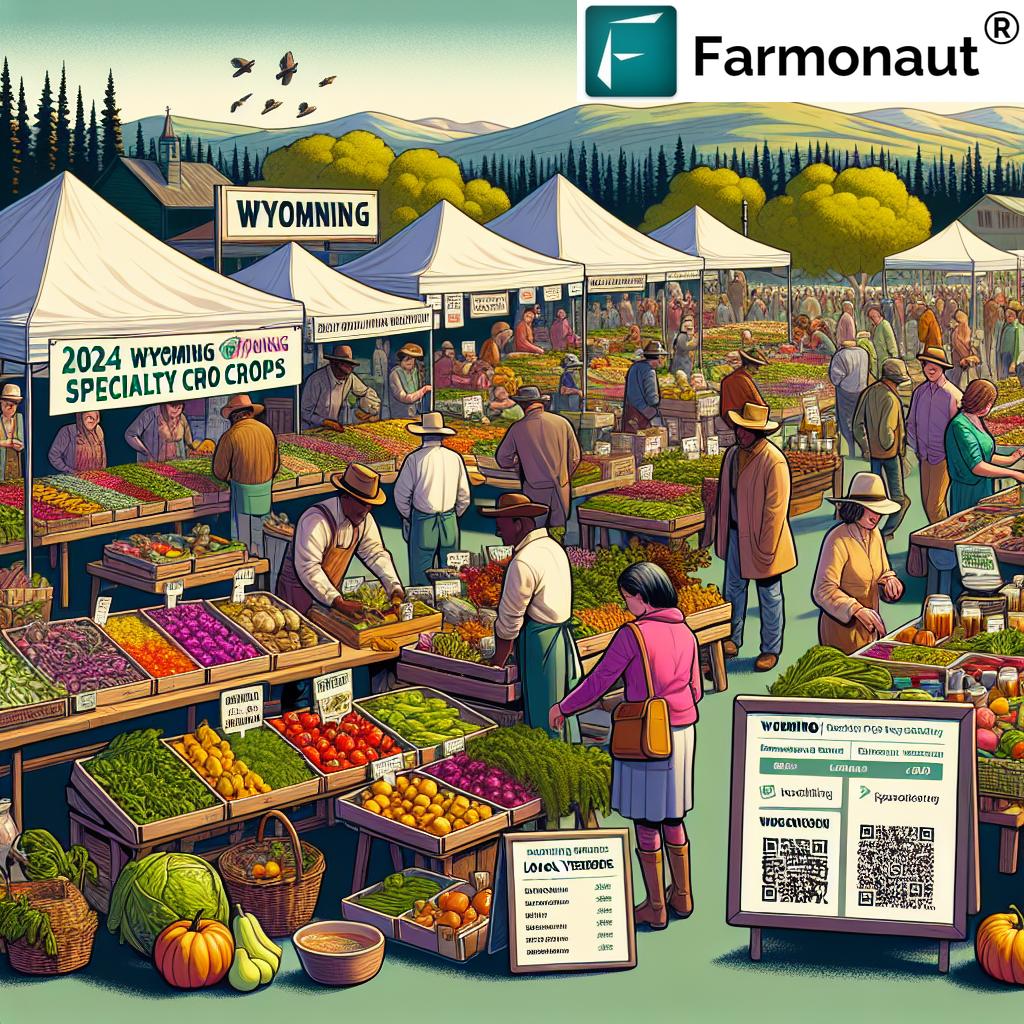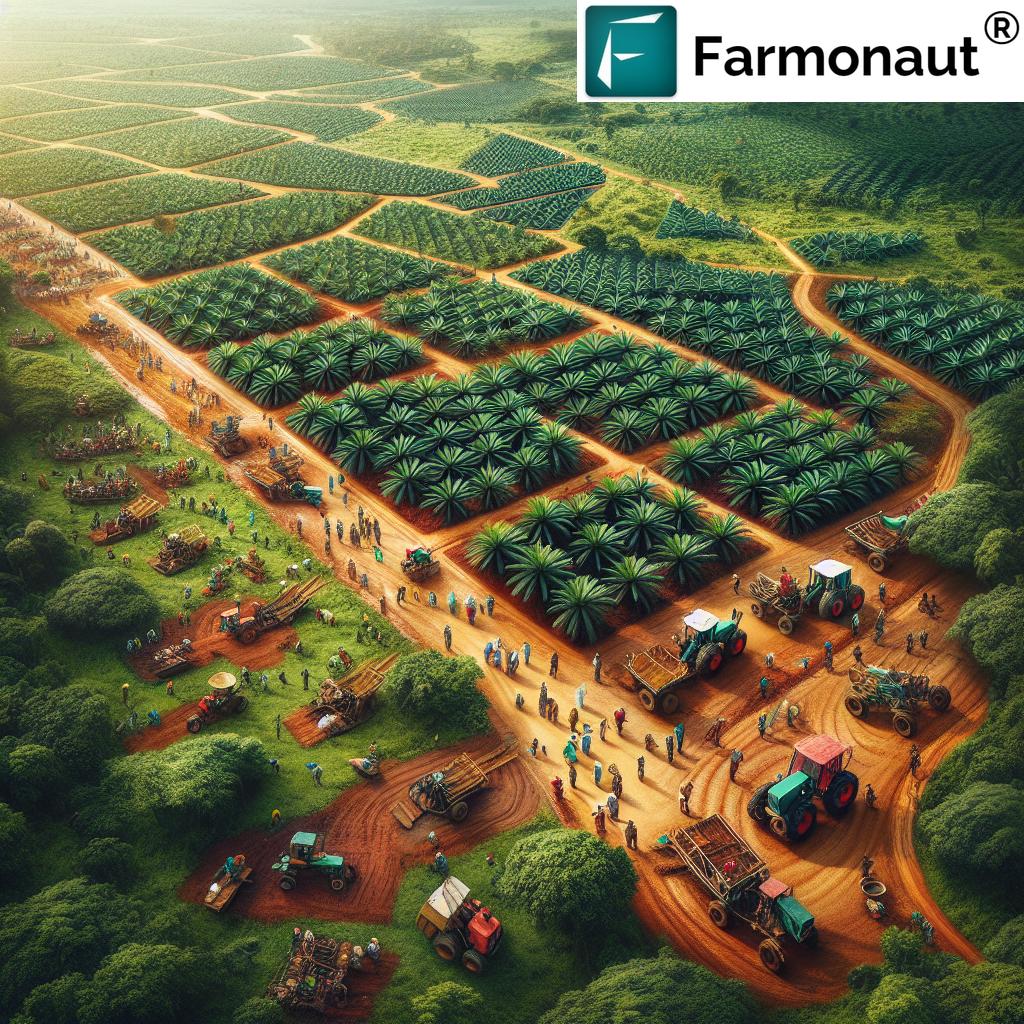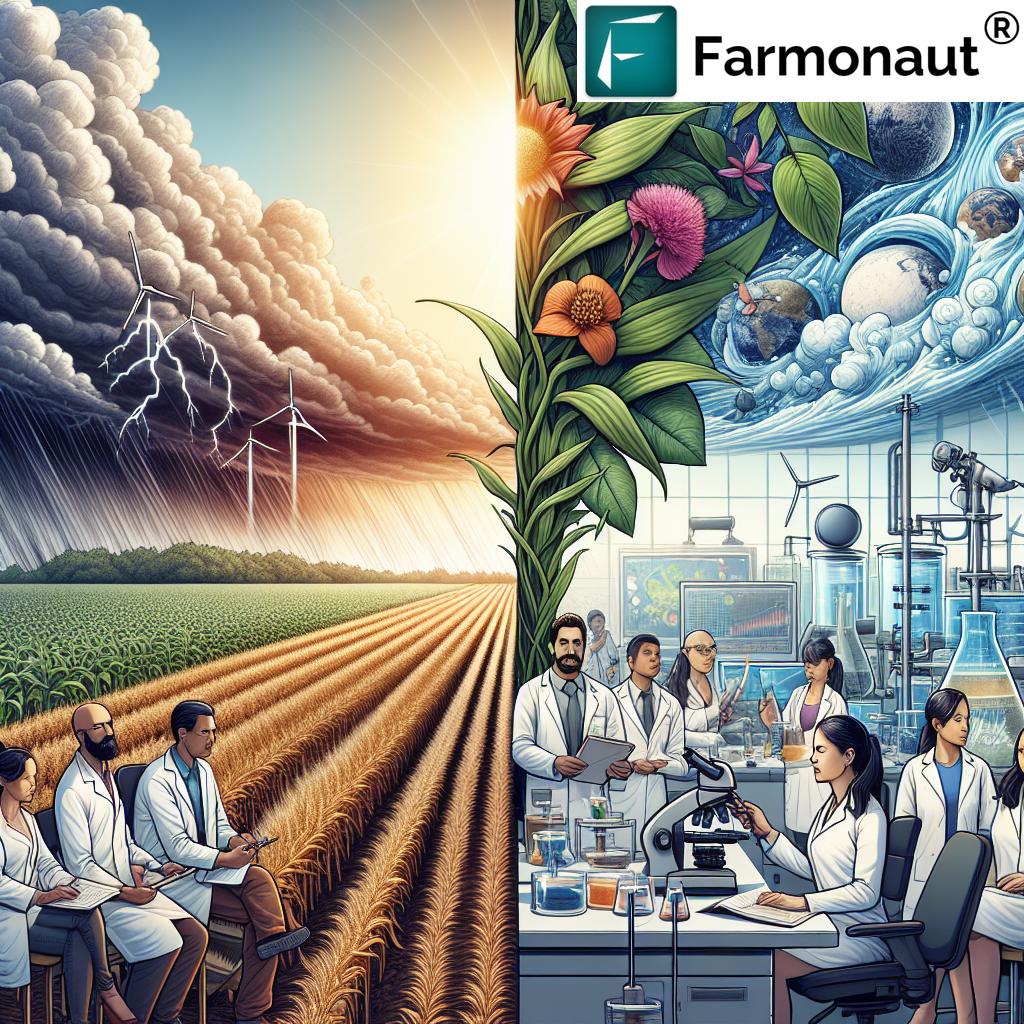Revolutionizing Sustainability: Micro Perforated Films Packaging Market Soars to $2.90 Billion by 2033
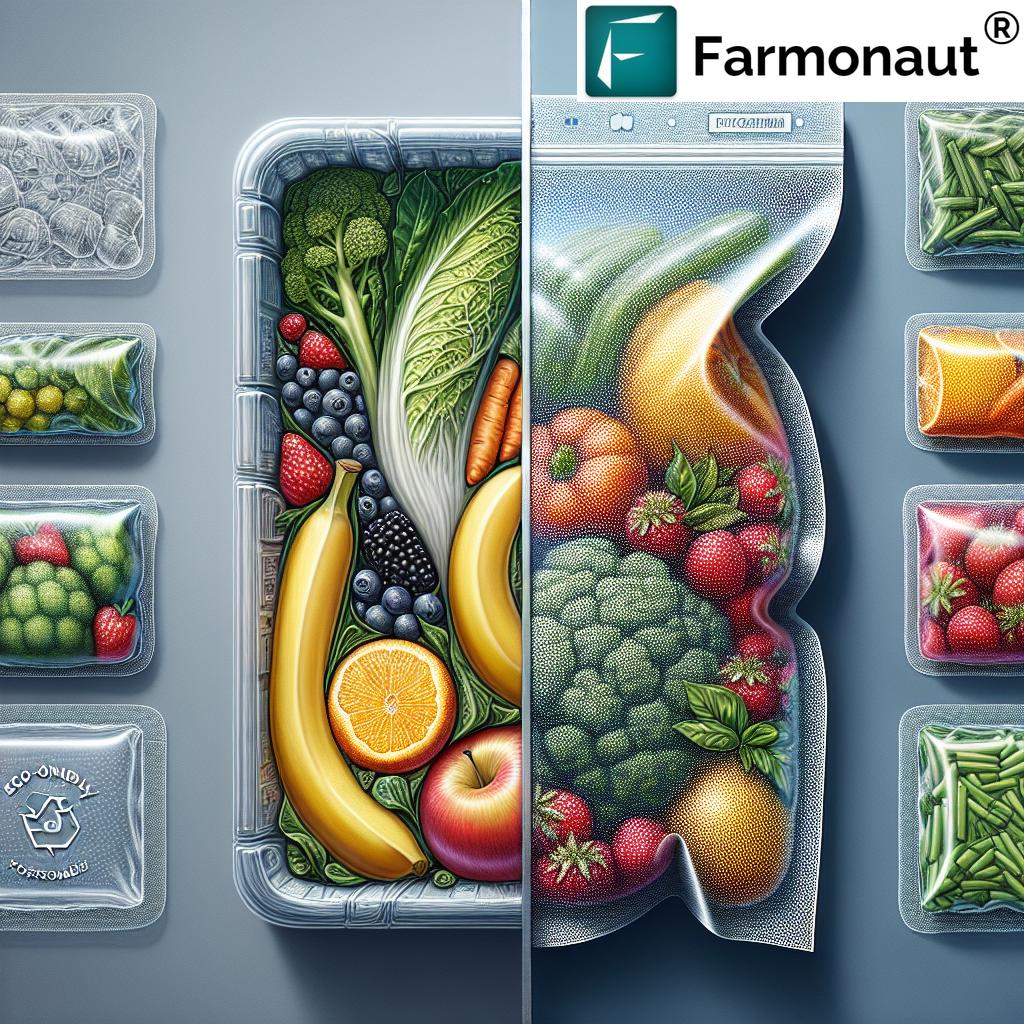
In an era where sustainability is paramount, the micro perforated films packaging industry is making waves with its innovative approach to eco-friendly food packaging innovation. As consumer preferences shift towards more sustainable options, this sector is experiencing unprecedented growth, with projections indicating a market value of USD 2.90 billion by 2033. This remarkable expansion underscores the pivotal role that sustainable micro perforated packaging is playing in revolutionizing food safety and e-commerce packaging solutions.
The Rise of Sustainable Packaging Solutions
The surge in demand for sustainable packaging options is driving the micro perforated films market to new heights. This growth is particularly evident in the realm of fruit and vegetable packaging, where the need for extended shelf life packaging solutions is critical. By utilizing advanced laser micro-perforation technology, industry leaders are developing packaging that not only preserves freshness but also significantly reduces food waste.
- Increased consumer awareness of environmental issues
- Stringent regulations promoting sustainable practices
- Technological advancements in packaging materials
These factors are collectively propelling the global micro perforated packaging market growth, with North America leading the charge and Asia-Pacific emerging as a key growth region.
Innovations in Food Safety Packaging
Food safety packaging has taken center stage in the micro perforated films industry. The ability of these films to maintain optimal moisture levels while allowing for controlled air exchange has made them indispensable in the food sector. This technology not only extends the shelf life of perishables but also ensures that products reach consumers in peak condition.
Amcor Limited, a frontrunner in the industry, has been pioneering the use of laser micro-perforation technology to enhance the performance of flexible packaging. This innovation has particularly benefited the polyethylene packaging and polypropylene packaging segments, offering superior protection and preservation capabilities.
E-Commerce: A New Frontier for Micro Perforated Films
The explosive growth of e-commerce has opened up new avenues for micro perforated films for e-commerce packaging. As online shopping continues to dominate consumer habits, the demand for packaging that can withstand the rigors of shipping while maintaining product integrity has skyrocketed.
- Protection against moisture and contaminants
- Reduction in packaging weight, leading to lower shipping costs
- Improved unboxing experience for consumers
These benefits have made micro perforated films an increasingly popular choice for e-commerce businesses looking to enhance their packaging solutions.
The Push for Recyclable Packaging

In line with global sustainability goals, the focus on recyclable packaging has intensified. The micro perforated films industry is responding by developing recyclable fruit and vegetable packaging options that not only preserve freshness but also align with circular economy principles.
Polyethylene and polypropylene, known for their recyclability, are at the forefront of this revolution. Manufacturers are investing heavily in research and development to create films that are not only effective in extending shelf life but also easily recyclable, addressing the growing consumer demand for environmentally responsible packaging solutions.
Challenges and Opportunities
Despite the promising outlook, the micro perforated films packaging industry faces certain challenges:
- High production costs associated with advanced technologies
- Balancing permeability with product protection
- Educating consumers about proper recycling practices
However, these challenges also present opportunities for innovation and market differentiation. Companies that can overcome these hurdles stand to gain a significant competitive advantage in the rapidly evolving packaging landscape.
For those interested in leveraging satellite technology for agricultural insights, check out the Farmonaut Satellite API and the comprehensive API Developer Docs.
The Future of Micro Perforated Films Packaging
As we look towards 2033, the future of micro perforated films packaging appears bright and full of potential. The industry is poised for continued growth, driven by:
- Increasing adoption in emerging markets
- Ongoing technological advancements
- Growing emphasis on sustainable packaging across all sectors
The convergence of sustainability, technology, and consumer demand is creating a perfect storm for innovation in the packaging industry. Micro perforated films are at the heart of this revolution, offering solutions that are not only environmentally responsible but also economically viable and consumer-friendly.
Conclusion: A Sustainable Packaging Revolution
The projected growth of the micro perforated films packaging market to USD 2.90 billion by 2033 is a testament to the industry’s pivotal role in addressing modern packaging challenges. From enhancing food safety to revolutionizing e-commerce packaging, these innovative films are setting new standards for sustainability and efficiency.
As consumers become increasingly eco-conscious, the demand for sustainable micro perforated packaging will only continue to rise. Industry leaders who invest in research and development, particularly in areas like laser micro-perforation technology and recyclable materials, will be well-positioned to capitalize on this growing market.
The journey towards more sustainable packaging solutions is ongoing, and micro perforated films are leading the charge. By balancing environmental responsibility with practical functionality, these innovative materials are not just changing the packaging industry – they’re helping to shape a more sustainable future for us all.
Stay ahead of the curve in agricultural technology with Farmonaut’s mobile apps:
As we embrace this packaging revolution, it’s clear that micro perforated films are more than just a trend – they’re a crucial component of a sustainable, efficient, and consumer-friendly future in packaging. The industry’s continued growth and innovation promise exciting developments in the years to come, making it an area to watch for both businesses and environmentally conscious consumers alike.





